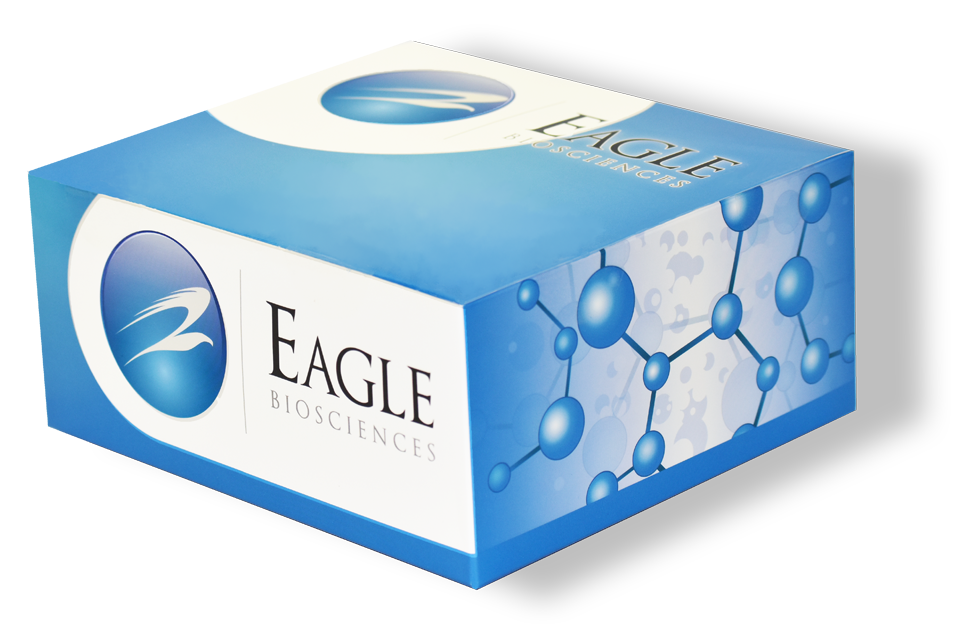FluoBolt Periostin Fluorescence Immunoassay
The FluoBolt Periostin Fluorescence Immunoassay is manufactured in Austria by Fianostics GmbH
Method: Metal Enhanced Direct Sandwich Fluorescence Immunoassay
Size: 1×96 wells
Sensitivity: LOD <0 pmol/l + 3 SD): 2 pmol/l; LLOQ: 11 pmol/l
Dynamic Range: 0-180 pmol/l
Incubation Time: Overnight
Sample Type: Serum
Sample Size: 20 µl
For Research Use Only
This platform is fully compatible to standard laboratory methodology using 96 well microtiter plate format and assays based on this technology can be run on any standard fluorescence microplate reader.
This FluoBolt-Periostin Fluorescence Immunoassay is regularly delivered standard with AlexaFluor680 labeled detection-antibody. If you wish to use a different dye, the following options are available:
- FITC labeled (FIA-1703-F)
- Cy3 labeled (FIA-1703-C3)
- Cy5 labeled (FIA-1703-C5)
Conversion factor: 1 ng/ml = 11 pmol/l (MW: 93.3 kD)
Assay Background
PERIOSTIN (UniProtKB – Q15063), also known as osteoblast specific factor 2 (OSF-2), is a cell adhesion protein belonging to the fasciclin domain-containing protein family. It consists of 836 amino acids (aa) starting with a 21 aa long signalling sequence, followed by a Emilin-like domain rich in cysteine, four repeated fasiclin 1 and a C-terminal variable domain, which is different among the 7 splice variants (isoforms) in humans.
PERIOSTIN is expressed during ontogenesis as well as in adult connective tissues submitted to mechanical stress such as bone, tendons, heart valves, skin and the periodontal ligaments. Further, it is expressed in aorta, stomach, lower gastrointestinal tract, placenta, uterus, thyroid and breast tissue. In bone, PERIOSTIN directly interacts with collagen type I, fibronectin, Notch 1, tenascin-C and BMP-1, resulting in enhanced proteolytic activation of lysyl oxidase for collagen cross-linking stabilising bone matrix. Next to developing, maintaining and repairing tissue, PERIOSTIN plays a vital role in tumorigenesis by interacting with various cell-surface receptors and signaling pathway, which e.g. results in inactivation of integrin- mediated signaling, leading to promoting cell adhesion and motility which is of relevance for tumor progression and metastasis. Elevated serum PERIOSTIN levels have been associated with pancreatic, ovarian, lung, breast, colon, gastric, thyroid and oesophageal tumours.
PERIOSTIN has been associated with the following tumors:
- Pancreatic
- Ovarian
- Lung
- Breast
- Colon
- Gastric
- Thyroid
- Esophageal
Related Products
FluoBolt-Klotho Fluorescence Immunoassay
FluoBolt Noggin Fluorescence Immunoassay
FluoBolt Asporin Fluorescence Immunoassay



